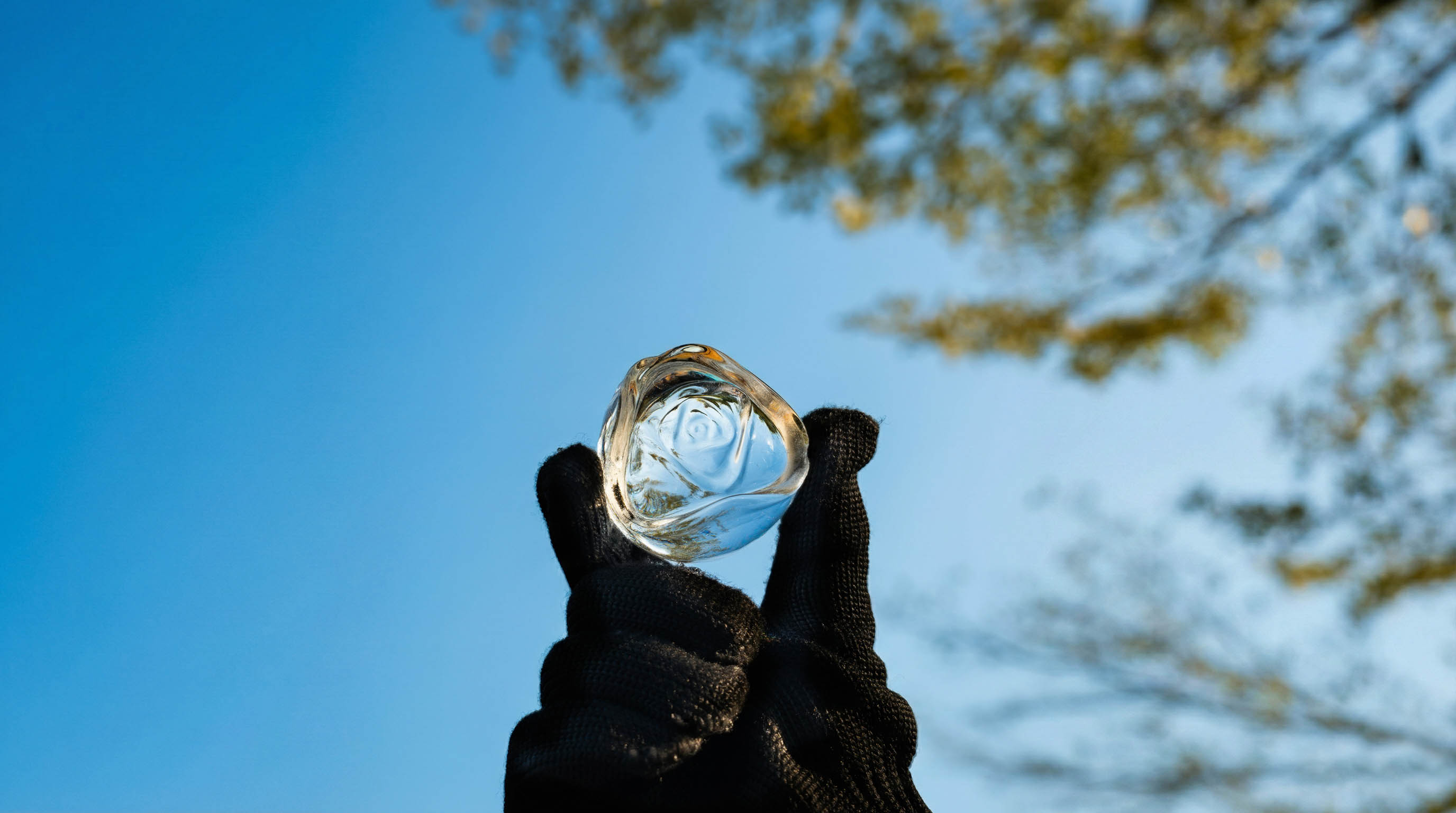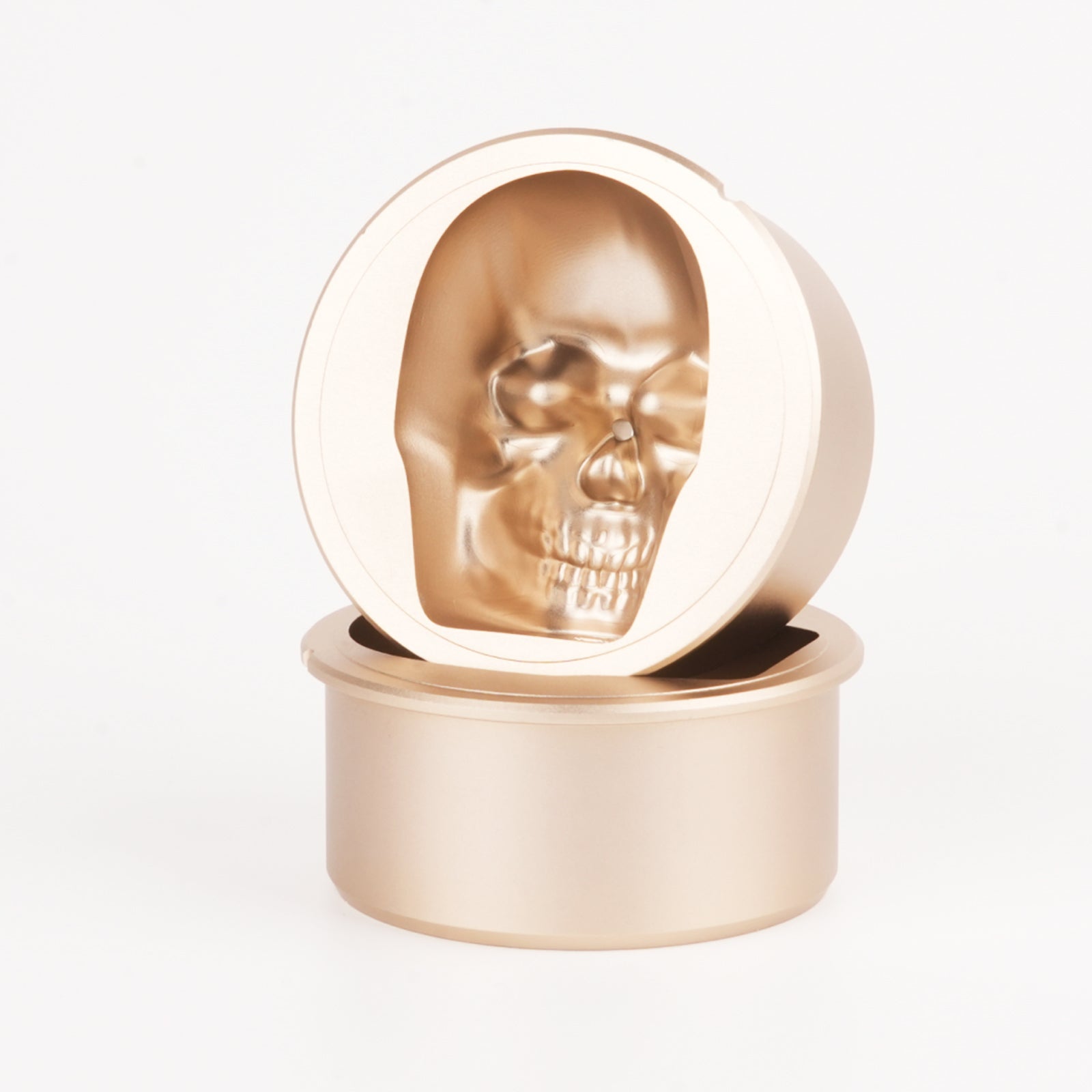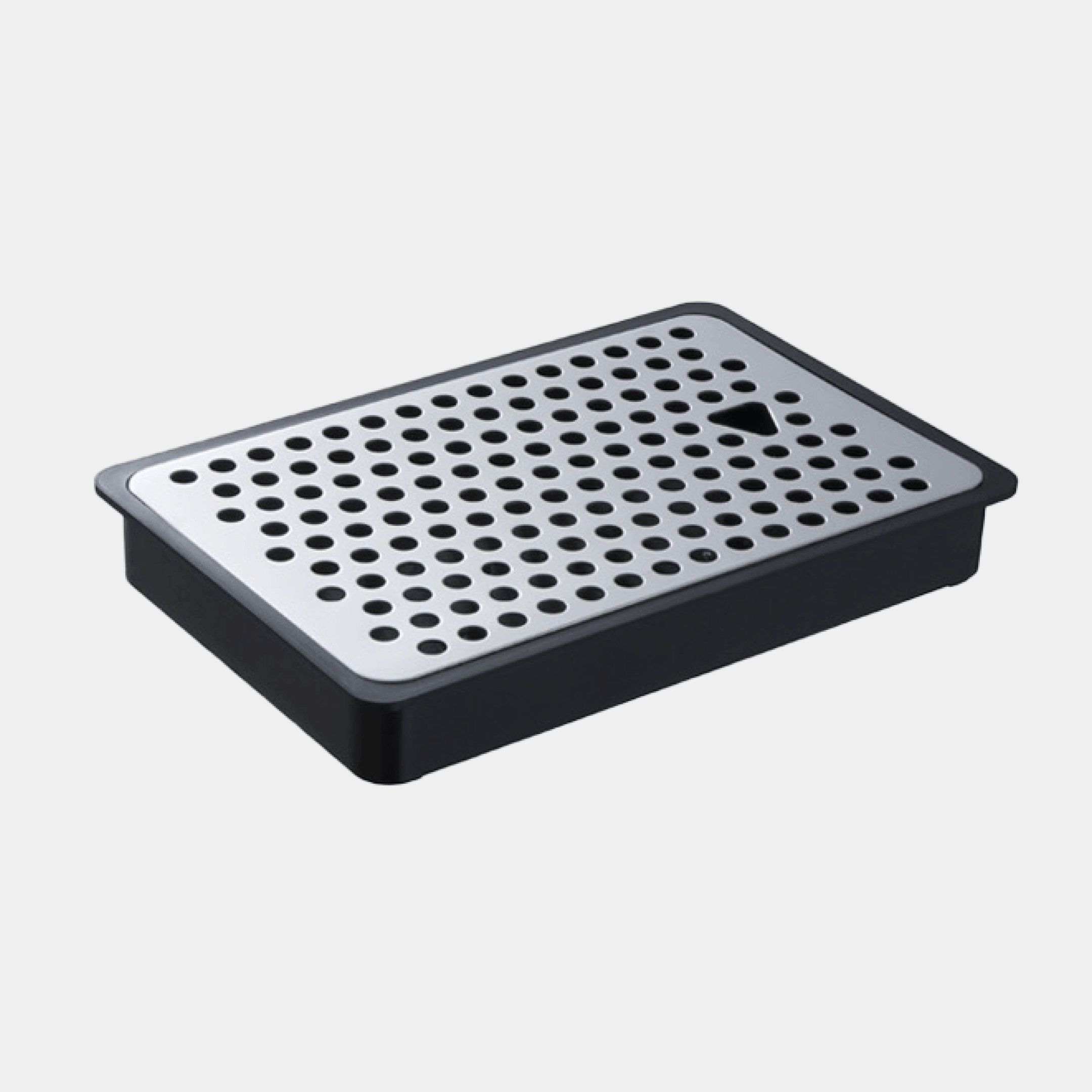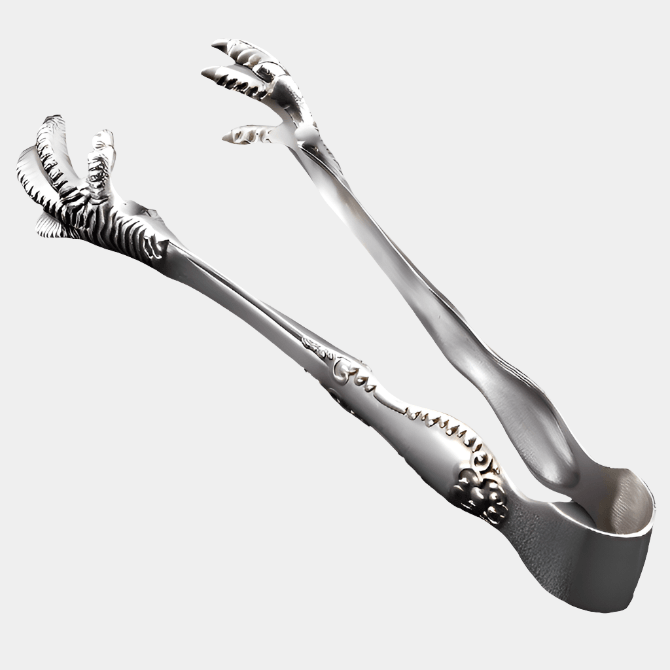The journey from the inception of an idea for a consumer-grade smart hardware product to its delivery into the hands of users is often a long one. Having completed the design phase in our laboratory and selected materials and processing methods from our suppliers, we now face the final step: reliability and longevity testing of the product.
At times, we cannot fully trust the raw material suppliers. They may not be entirely aware of the quality of the products they sell but they often assure their customers of their reliability. Experience has shown that excessive reliance on supplier assurances can lead to significant issues when the product is used by consumers. Consequently, we have decided to conduct separate reliability tests on the critical heating elements of our ice crushers.
In our designed tests, we must simulate more severe conditions than the product would typically encounter. For selecting key experimental parameters, we analyze real user data and apply a safety factor based on this analysis. For example, an average user might use the heating element 3-4 times a day, with each use lasting about 2 minutes. Assuming this product is essential and frequently used, we estimate daily use at once a day, translating to 2920 minutes of use per year.
To ensure a minimum product lifespan of three years, the heating elements must withstand at least 8760 minutes (146 hours) of operation. With a safety factor of 1.5, the heating elements tested in our lab must endure at least 219 hours of operation.

Heating element life testing
- Salt Spray Test: This test assesses the corrosion resistance of products or metal materials by simulating a salt spray environment using specialized equipment. We use a 5% NaCl solution as the test reagent, maintaining the environmental temperature at 35°C (±2°C) and humidity at around 75%, for a duration of 48 hours.

-
Simulated Transportation Vibration Test: Vibration is a major component of transportation packaging tests. During transportation, products may experience surface scratches, paint or coating removal, and internal component issues like loose screws, deformation, cracks, breakages, or detachment. We conduct simulated transportation vibration tests to address these potential problems.


-
Simulated Transportation Drop Test: Since our customers are worldwide, products often undergo multiple stages of transportation, during which they might be bumped or dropped. To evaluate the structural reliability of our products and the protective effectiveness of their packaging, we perform drop tests based on international standards.

-
High and Low Temperature Tests: Considering environmental differences in various regions—some with high temperatures, others with low—we conduct rigorous environmental tests to ensure the safety and reliability of our products for all users. This includes tests for high-temperature operation, low-temperature operation, high-temperature storage, and low-temperature storage.

High and Low Temperature Tests
These comprehensive reliability tests are critical to ensuring our products' quality and durability.









